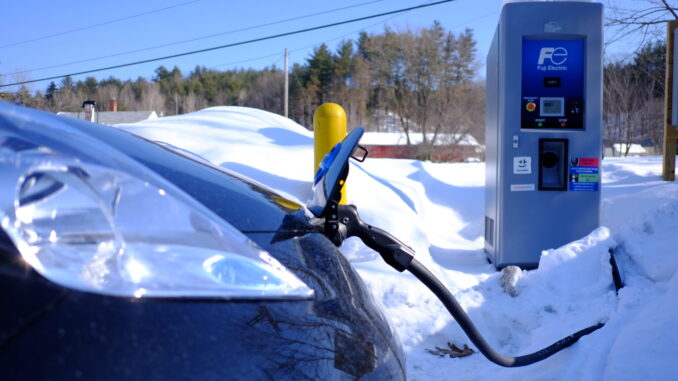
With the increasing availability of electric vehicles (EVs), more Americans are contemplating the purchase of an EV. However, the challenges associated with winter charging and reduced range in cold climates may be dampening the interest of some consumers residing in snow-belt regions.
There are multiple factors contributing to the decrease in driving range during cold weather, beginning with the impact on battery chemistry when the vehicle is parked. Cold temperatures can impede the chemical reactions within the battery that generate power. Additionally, the energy required to maintain cabin heat, defrost the windshield, and operate other accessories to combat the cold weather further diminishes the range. This effect becomes significant even before the temperature drops below freezing, as our tests have shown that range begins to decline at 40°F. This may pose a particular concern for EV drivers waiting in line for a public charger while their battery level is low.
Based on testing by Consumer Reports, they observed that cruising at 70 mph in cold weather reduces range by approximately 25% compared to driving under similar conditions during mild weather in the mid-60s, and by 31% during warm weather in the mid-80s. Furthermore, their previous findings indicated that short trips in the cold with frequent stops and the subsequent need to reheat the cabin after a period of parking can diminish range by as much as 50%.
These test results serve as a reminder that EV range is not a straightforward, universal measurement. Weather conditions, terrain, driving speed, traffic congestion, cargo load, passenger occupancy, and climate settings all play a role in determining the actual range achievable by an EV
